April 9, 2018
How the UK car industry is driving the future of workplace design
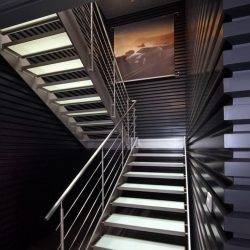 The British car industry has grabbed numerous headlines since the Brexit referendum due declining car sales and the uncertainty of its economic and regulatory prospects. In spite of these mounting concerns, the industry continues to invest in the design of its workplaces, not only by creating inviting and engaging places to work, but also by integrating automotive approaches to design and construction into the work environment. As a result, these workplaces don’t just help car companies to stay competitive; they also provide new ideas for all sectors eager to build smarter and more efficient places to work.
The British car industry has grabbed numerous headlines since the Brexit referendum due declining car sales and the uncertainty of its economic and regulatory prospects. In spite of these mounting concerns, the industry continues to invest in the design of its workplaces, not only by creating inviting and engaging places to work, but also by integrating automotive approaches to design and construction into the work environment. As a result, these workplaces don’t just help car companies to stay competitive; they also provide new ideas for all sectors eager to build smarter and more efficient places to work.





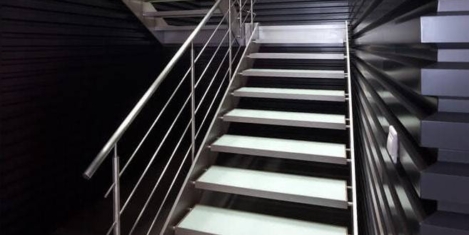




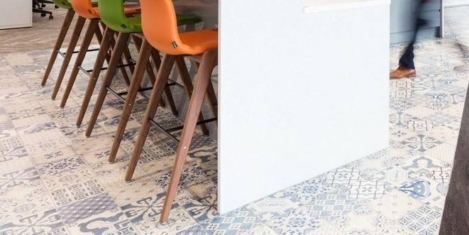
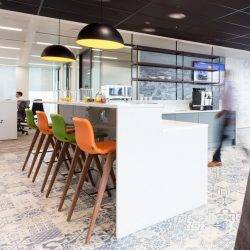




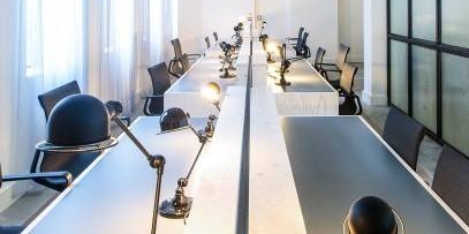
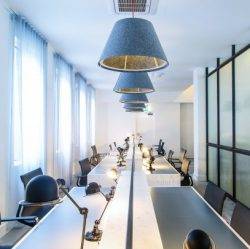
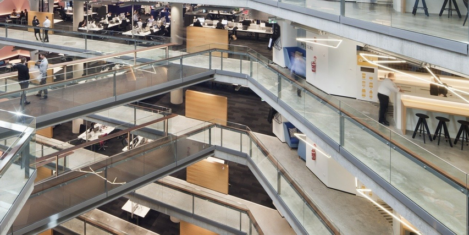
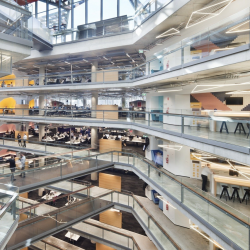
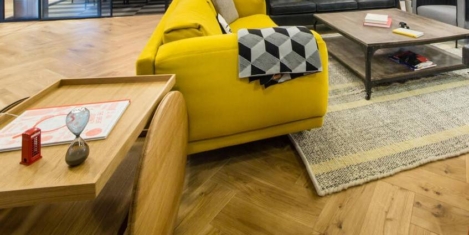
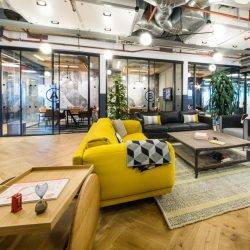
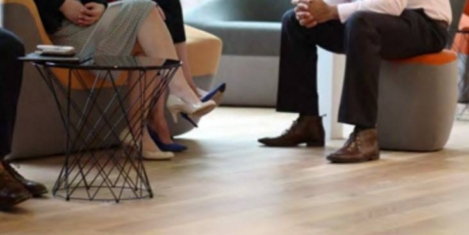
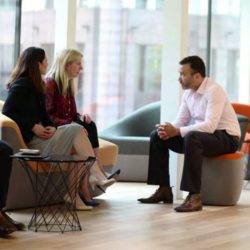








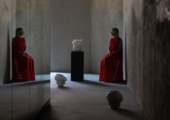
April 24, 2018
Elon Musk is right, meetings distort both time and space
by Arjun Kaicker • Comment, Workplace design
(more…)